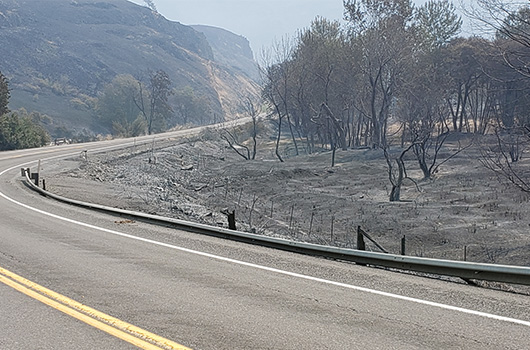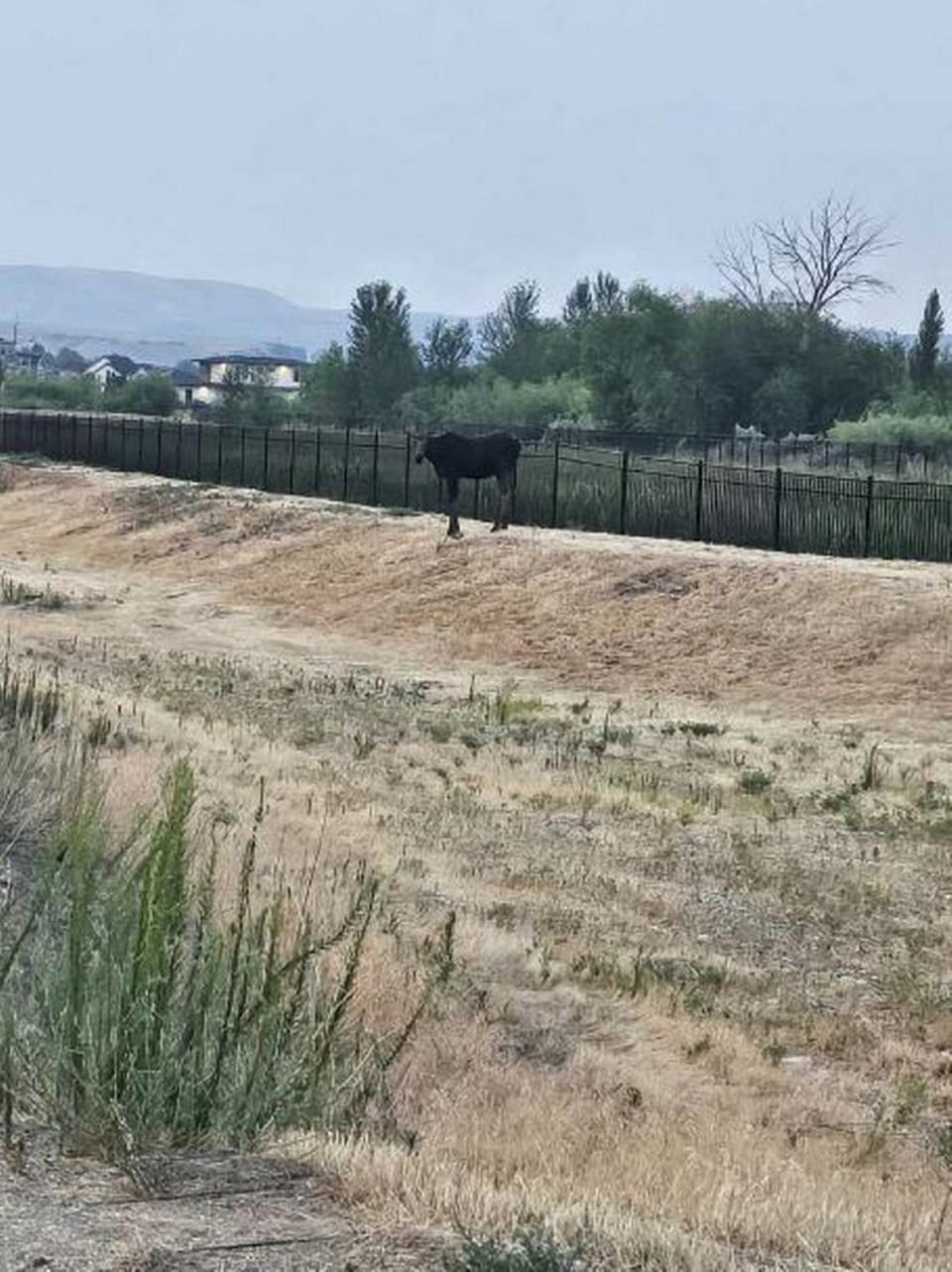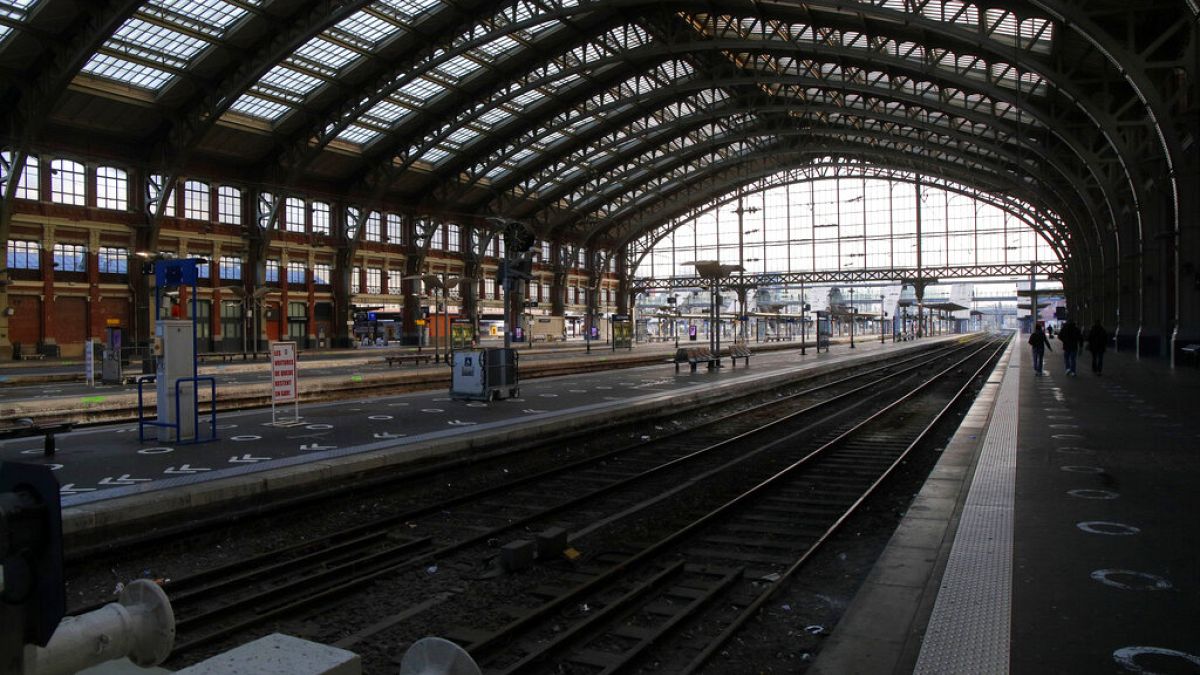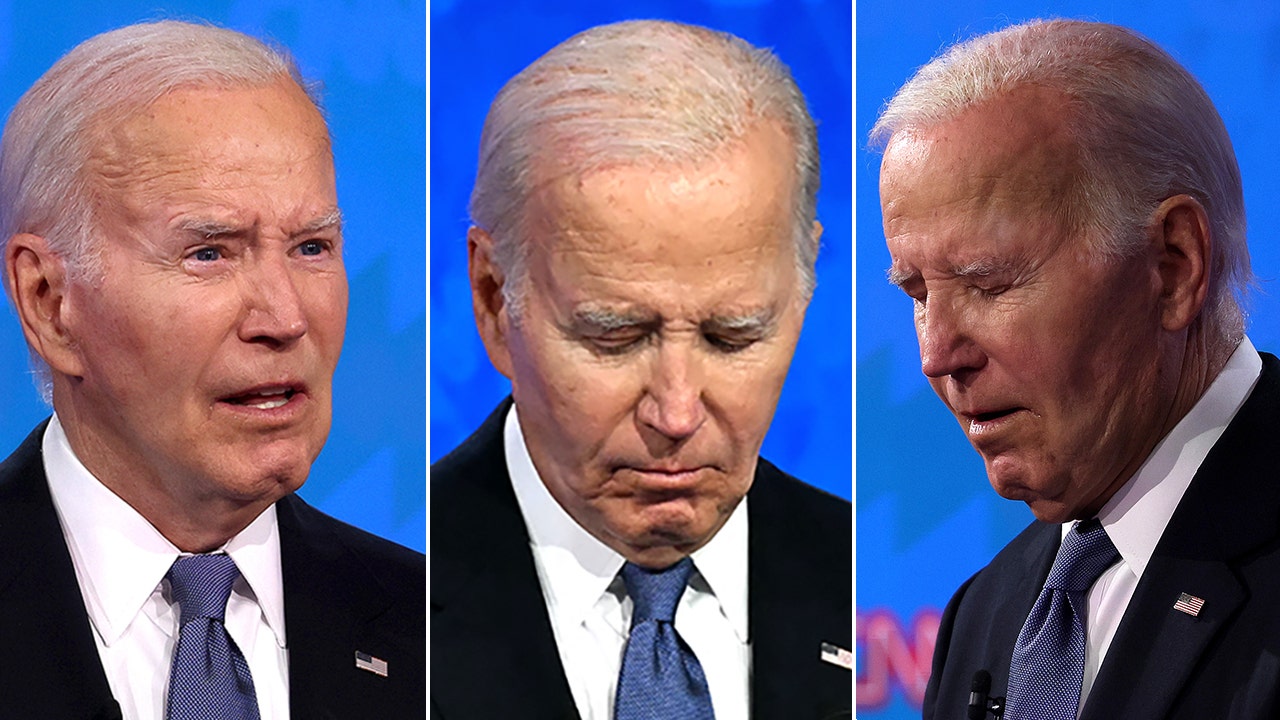Sections of State Highway 3 and U.S. Highway 12 remain closed as part of the ongoing emergency response as several wildfires sparked by Wednesday’s lightning storm continue to burn across North Central Idaho. All lanes on SH-3 are closed from Julietta to Arrow. US 12 remains closed from Spalding to Peck at the time of this release.
For current information, please continue to reference the following sources below:
Status of the fires:
Local sheriffs are responsible for ordering evacuations:
ITD resources and personnel have been mobilized from Coeur d’Alene to Lewiston to assist with the fires. Coordination with county and state law enforcement partners continues as well.
The safety of the public is a priority so please avoid the area. Therefore, only essential travel at this time is encouraged. The department and first responders appreciate your cooperation during this dynamic and evolving situation.

































